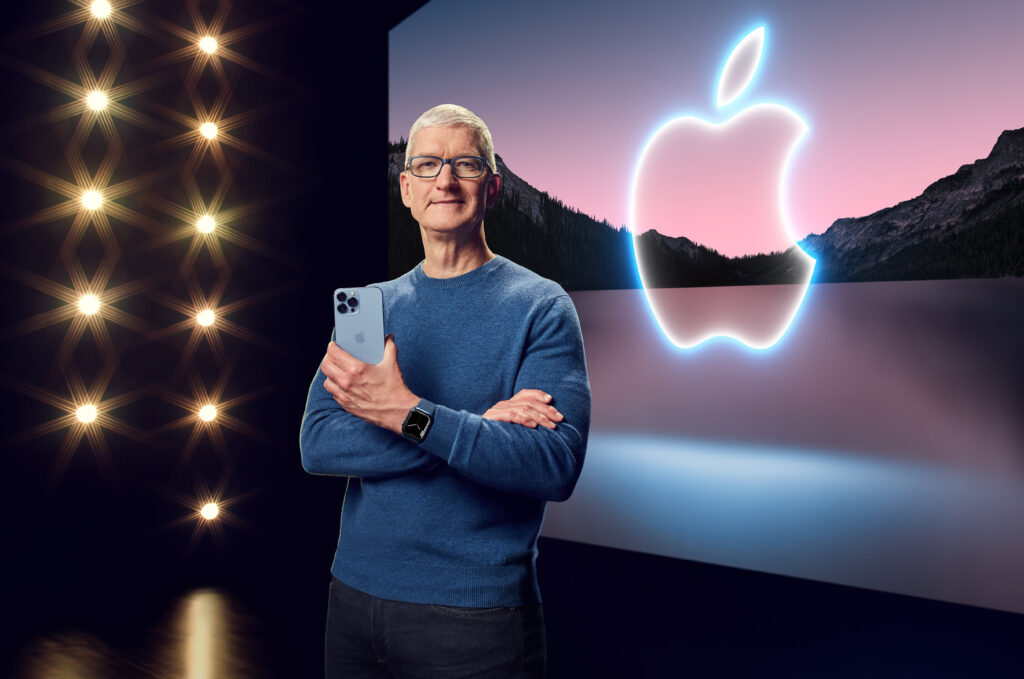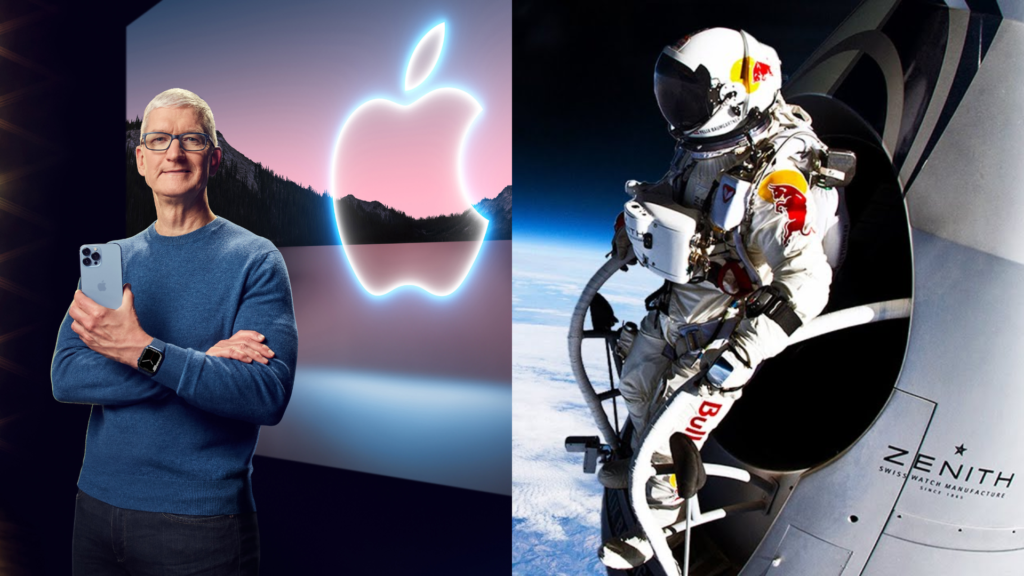Creating memorable experiences through event marketing is a powerful strategy that can significantly enhance brand engagement and loyalty. In today’s fast-paced digital landscape, consumers are inundated with advertisements and marketing messages. As a result, brands must find innovative ways to stand out and connect with their audiences on a deeper level. Event marketing creates opportunities for face-to-face interactions and immersive experiences that make a lasting impression.
Event marketing centers on creating experiences that resonate with participants, enabling meaningful brand engagement. The goal is to create attention-grabbing experiences that foster emotional connections at product launches, festivals, or gatherings. These connections boost brand loyalty as consumers remember and advocate for brands offering unforgettable experiences.
Moreover, successful event marketing can generate significant buzz and visibility, both online and offline. Attendees sharing experiences on social media amplify the brand’s reach, sparking organic conversations that attract new customers. This word-of-mouth marketing is invaluable, as it builds trust and credibility in a way that traditional advertising cannot.
This blog explores the essence of event marketing, highlighting its benefits and offering practical tips for creating unforgettable, resonant experiences. By effectively leveraging event marketing, brands can transform their strategies, creating lasting impressions that drive engagement and loyalty.
The Essence of Event Marketing
Event marketing, or experiential marketing, creates immersive experiences that enable consumers to engage with a brand meaningfully. Unlike traditional advertising methods that rely on passive consumption, event marketing invites participants to engage directly, fostering a deeper emotional connection.
Event marketing centers on creating experiences that resonate with participants, fostering meaningful engagement with a brand. Whether it’s a product launch, a festival, or a corporate gathering, the goal is to craft an experience that not only captures attention but also fosters emotional connections.
These connections can lead to increased brand loyalty, as consumers are more likely to remember and advocate for brands that have provided them with unforgettable experiences. Moreover, successful event marketing can generate significant buzz and visibility, both online and offline. When attendees share their experiences on social media, they amplify the brand’s reach and create organic conversations that can attract new customers.

Why Event Marketing Matters
1. Emotional Connection
- Events create opportunities for brands to connect with consumers on a personal level.
- This leads to stronger emotional ties and increased brand loyalty.
- Firsthand experiences foster lasting memories that enhance consumer affinity for the brand.
2. Increased Engagement
- Interactive experiences captivate audience attention.
- Attendees are more likely to remember the brand long after the event concludes.
- Active participation through hands-on activities and networking enhances the overall experience.
3. Social Media Buzz
- Memorable events often lead to substantial organic social media sharing.
- According to Eventbrite, 98% of consumers create social media content at events.
- This sharing generates organic conversations, enhancing brand visibility and attracting new customers.
- Builds a community around the brand, fostering ongoing engagement and loyalty.

Crafting Unforgettable Experiences
To create memorable events, brands must focus on several key elements that enhance the overall experience. Here’s a detailed breakdown of each element:
1. Understand Your Audience
Understanding your audience is the cornerstone of successful event marketing. Begin by conducting thorough market research to gather insights about your target audience’s demographics, interests, and preferences. Utilize surveys, focus groups, and social media analytics to collect data that informs your event planning. Analyzing past events offers insights into what worked and what didn’t, helping you refine your approach.
Once you have a clear understanding of your audience, tailor the event to meet their expectations. This customization could involve selecting a relevant theme, choosing appropriate speakers, or curating activities that resonate with their interests. Creating personas for different audience segments helps guide decision-making and ensures your event appeals to a diverse range of attendees..
2. Set Clear Objectives
Defining specific, measurable goals for your event is crucial for its success. Establish clear objectives that align with your marketing strategy, such as increasing brand awareness, generating leads, or enhancing customer loyalty.These goals will serve as a framework for evaluating the event’s impact on your brand.
To assess your success, determine key performance indicators (KPIs) that will help you measure whether you achieved your objectives. This could include attendance numbers, social media engagement metrics, or post-event surveys. Clear goals guide your planning process and ensure every aspect of the event aligns with your desired outcomes.
3. Engage the Senses
Incorporating sensory elements into your event can create a more immersive experience for attendees. Consider utilizing scents that evoke memories or feelings associated with your brand. For example, a coffee brand might use the aroma of freshly brewed coffee to create an inviting atmosphere. Use color psychology: warm colors for warmth and cool colors for calmness and professionalism.
Flavors also play a significant role in enhancing the attendee experience. Offering unique culinary experiences, such as craft cocktails or local delicacies, can delight attendees’ taste buds and create lasting memories. By engaging multiple senses, you can create a holistic experience that resonates with your audience.
4. Incorporate Technology
Leveraging modern technology can elevate your event and create interactive experiences. Incorporate AR and VR to let attendees engage with your brand in innovative ways. For example, a fashion brand could use AR for virtual try-ons, while travel companies might offer virtual tours of destinations.
In addition, developing an event app can enhance attendee engagement by providing schedules, maps, and networking opportunities. Features like live polls or Q&A sessions can encourage participation and make the event more interactive. By utilizing technology effectively, you can create a memorable and engaging experience for your audience.
5. Personalize the Experience
Personalization can significantly enhance attendee satisfaction and create a more meaningful experience. Consider offering customizable elements such as personalized swag bags or interactive stations where guests can create their own products. Allowing attendees to choose items reflecting their interests can make them feel valued and more connected to your brand.
Utilizing data collected during registration can also help tailor experiences to individual preferences. Asking attendees about their interests during sign-up helps you curate relevant sessions, ensuring each participant feels engaged and included.
6. Foster Community Engagement
Encouraging social media sharing during your event can amplify its reach and create a sense of community among attendees. Create shareable moments, like branded photo booths or interactive installations, encouraging attendees to capture and share their experiences online. A unique event hashtag encourages attendees to share their thoughts and photos, while letting you monitor and engage with the conversation.
Post-event engagement is equally important. Continue the conversation by sharing highlights, photos, and attendee testimonials on social media. Encouraging attendees to share their experiences and feedback helps build a community around your brand, fostering ongoing engagement and loyalty.
Focusing on these key elements helps brands create unforgettable experiences that resonate with their audience and leave a lasting impact. The result is not just a successful event, but a strengthened brand presence and enhanced customer loyalty.
Successful Examples of Event Marketing
Event marketing has been effectively utilized by brands to create memorable experiences that resonate with audiences. Two standout examples of successful event marketing are Red Bull’s Stratos project and Apple’s iconic product launches. Both events not only captivated audiences but also reinforced their respective brand identities.
Red Bull Stratos
A key example of event marketing is Red Bull’s Stratos project. In 2012, Felix Baumgartner made a historic jump from the edge of space. The event was a carefully planned campaign, generating massive media coverage and social media engagement.
The Stratos project was designed to push the limits of human potential and showcase Red Bull’s commitment to extreme sports. The event attracted global attention, with millions tuning in to watch Baumgartner’s leap from 128,000 feet. The live stream garnered over 8 million concurrent views, making it one of the most-watched live events in YouTube history.
Red Bull capitalized on this event by creating a narrative around the jump, emphasizing themes of courage, adventure, and innovation. This storytelling approach resonated deeply with audiences, reinforcing Red Bull’s brand image as a leader in extreme sports and lifestyle. The event highlighted the brand’s adventurous spirit and created a lasting legacy that still influences their marketing today.

Apple Product Launches
Apple’s annual product launches are another prime example of successful event marketing. These events have become synonymous with anticipation and excitement, often leading to long lines and significant media attention. Apple creates buzz around its launches, making them highly anticipated events that engage their audience and strengthen brand loyalty.
One of the key strategies behind Apple’s success is their ability to generate anticipation. The company builds excitement months ahead with teasers and cryptic invitations, piquing the curiosity of consumers and media. Invitations often feature intriguing imagery or slogans, hinting at upcoming products and creating mystery and speculation.
Apple’s product launches are not just about unveiling new technology; they are masterclasses in storytelling. Each event is meticulously crafted to highlight the emotional impact of their products. At the 2015 Apple Watch launch, the company highlighted how the watch could transform users’ lives with health and fitness features. This storytelling approach fosters a deeper emotional connection with the audience, making the product feel personal and relevant.
The combination of anticipation, storytelling, and a user-centric focus has made Apple’s product launches benchmarks in the marketing world. Through live demonstrations and interactive elements, Apple showcases its innovations and builds a community around its brand. The result is a loyal customer base that eagerly awaits each new product announcement.

Both Red Bull’s Stratos project and Apple’s product launches exemplify the power of event marketing. By creating unforgettable experiences, these brands have reinforced their identities and built lasting connections with consumers.
Conclusion
Event marketing has become a transformative force, allowing brands to create unforgettable experiences that deeply resonate with consumers. Brands can use sensory engagement, interactive technologies, and personalized experiences to create captivating events. This approach leaves a lasting impact on audiences.
The key to successful event marketing lies in engaging all five senses to create immersive and memorable experiences. Incorporating scents, flavors, colors, and textures can transport attendees into the brand’s world, evoking emotions and triggering nostalgia. A luxury event might use lavender oils for a calming effect. A music festival could feature synchronized lighting and immersive sound.
In addition to sensory engagement, modern technology has revolutionized the event marketing landscape. Virtual reality (VR) and augmented reality (AR) have opened up new possibilities for creating interactive and immersive experiences. Brands can create virtual realms where attendees can see, hear, touch, and taste elements, blending reality and fantasy. For example, a travel brand might use VR for destination previews, while a fashion retailer could use AR for virtual try-ons.
Personalization is another key factor in crafting memorable events. Customizable elements and tailored experiences create exclusivity and enhance attendee satisfaction. Interactive stations where guests can create their own products or personalized swag bags that reflect their interests can make attendees feel valued and more connected to the brand.




